
A recent study from Jiangsu University highlighted the challenges associated with the real-time application of microfluidic technology. We summarize their research here.
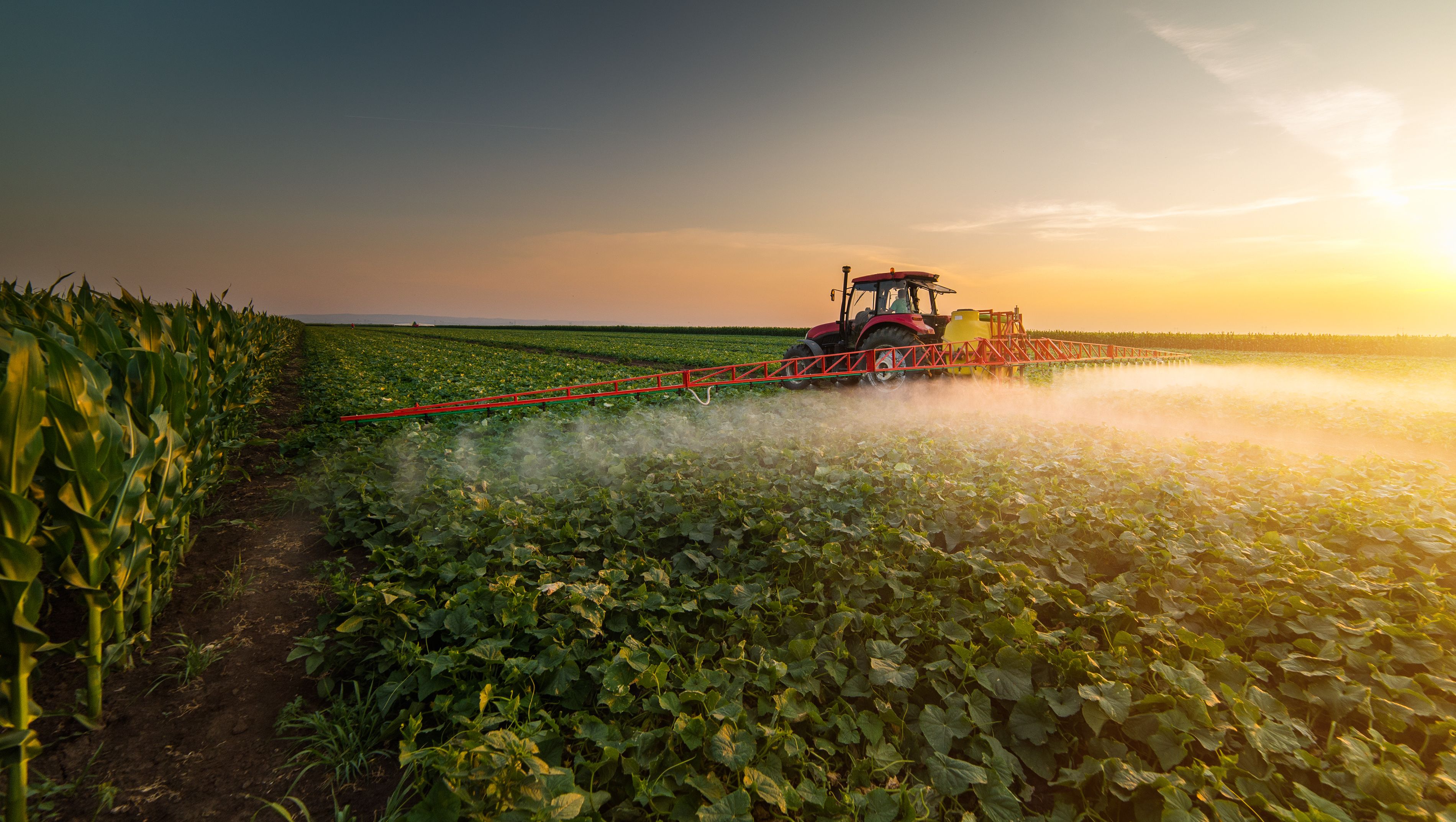
Young Scientist Awardee Uses Spectrophotometry and AI for Pesticide Detection Tool

Portable Spectroscopy and Forensic Analysis: Trends and Emerging Technologies

A recent study from Jiangsu University highlighted the challenges associated with the real-time application of microfluidic technology. We summarize their research here.

This review covers products introduced in the spectroscopy space between May 2023 and April 2024.

Here are the top five articles that the editors of Spectroscopy published this week.

Scientists from the Czech Republic developed an automated classification pipeline meant to provide real-time in vivo examinations of normal and cancerous colorectal tissue.

Metrohm USA announced Katelyn Michael as the 2024 winner of its Young Chemist Award for her work on the degradation of perfluorooctanesulfonic acid (PFOS).

Spectroscopy spoke with the CEO and CCO of the instrument manufacturer PerkinElmer to discuss trends in the analytical and life sciences industry.

Among the products included in this estimate of the industry over the next seven years are fluorescence microarray scanners.

Researchers in Brazil leverage artificial intelligence algorithms and Vis-NIR-SWIR hyperspectroscopy to achieve precise pigment phenotyping and classification of eleven lettuce varieties, showcasing the potential of integrating advanced technologies in agriculture.
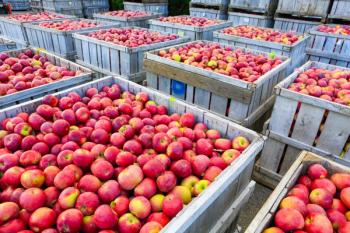
Researchers at the University of Kentucky employ non-destructive hyperspectral imaging and machine learning to predict and manage the physicochemical quality attributes of apples during storage, addressing the impact of codling moth infestation and revolutionizing apple quality assurance.
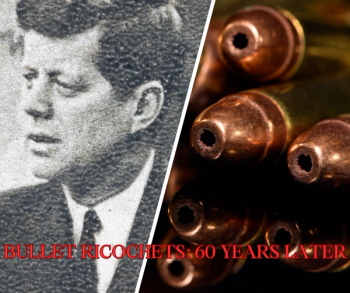
Pete Diaczuk of John Jay College of Criminal Justice gave a recollection at EAS 2023 of a case he worked on in Manhattan involving a victim fatally shot, incomplete ballistic evidence, and the wrong gun recovered at the scene.

The AES Lifetime Achievement Award is given for exceptional career contributions to the fields of electrophoresis, electrokinetics, and related areas. This year’s recipient, James Landers of the University of Virginia, recently published (along with his colleagues) a paper illustrating a technique for fabricating electrophoretic microdevices for fluorescence detection.

Gary McGeorge, Scientific Director at Bristol-Myers Squibb, spoke to us of the benefits and challenges associated with establishment of consistent resolutions while facilitating the steps associated with the implementation of process analytical technology (PAT).

To conclude this four-part series of spectroscopic instrumentation and components, we examine spectroscopy electronics, including printed circuit board (PCB) design and manufacturing, spectroscopy instrument design services, instrument testing services, and the firmware and software aspects of instrumentation.

Understanding the proper ways to plan, run, and report proficiency tests will help you avoid errors and contamination.

Here, we offer highlights of the 2022 Review of Spectroscopic Instrumentation, which appeared in our May issue.

In this study, we propose a low-altitude unmanned aerial vehicle (UAV) hyperspectral visible near-infrared (vis-NIR) remote sensing hardware platform, which combines efficiency and accuracy for high-precision remote sensing-based ecological surveys and statistical data collection on grassland desertification.

In the second part of a three-part series, instrument-specific concerns that require modifications to reproduce fluorescence spectra accurately are addressed.

Our annual review of new spectroscopy products introduced at Pittcon, or during the previous year.
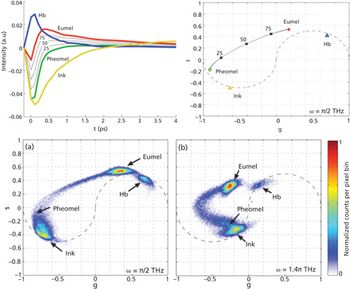
Excited state dynamics provides an intrinsic molecular contrast of samples examined. These dynamics can be monitored by pump probe spectroscopy which measures the change in transmission of a probe beam induced by a pump beam. With superior detection sensitivity, chemical specificity and spatial-temporal resolution, pump probe microscopy is an emerging tool for functional imaging of non-fluorescent chromophores and nanomaterials. This article reviews the basic principle, instrumentation strategy, data analysis methods, and applications of pump probe microscopy. A brief outlook is provided.
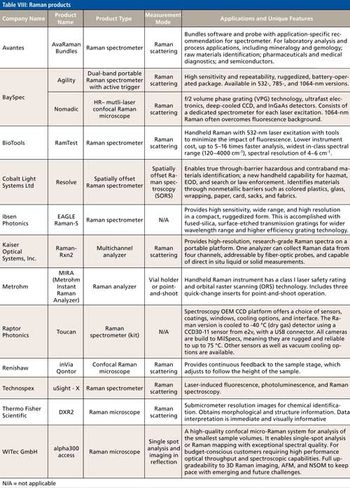
Our annual review of products introduced at Pittcon or during the previous year, broken down by the following categories: accessories, atomic spectroscopy, components, imaging, mass spectrometry, mid-IR, NIR, NMR, Raman, software, UV-vis, and X-ray.

This article discusses emerging trends in the design and use of spectroscopic instrumentation. It focuses on recent research using new or modified spectroscopic techniques that are advancing scientists’ capability to obtain high-content, high-resolution data from ever-smaller sample sizes. To illustrate this trend, the article surveys novel approaches to complex measurement problems across a wide range of critical fields such as disease research, food safety, environmental monitoring, and drug development.
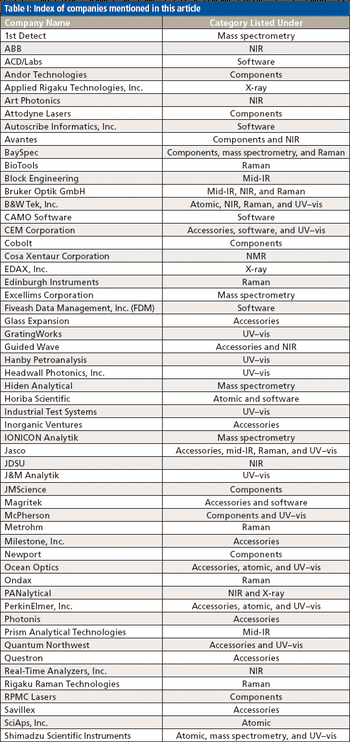
Every year, we prepare this review of new spectroscopy products to make it easy for you to stay up to date on the latest instrumentation, accessories, components, and software. Traditionally, we have referred to this article as the "Pittcon" review.

Our annual review of products introduced at Pittcon.

Highlights of recent advances in three major areas of molecular spectroscopy: infrared (IR), Raman, and fluorescence.

Market Profile: Used IR and NIR Spectroscopy Instrumentation